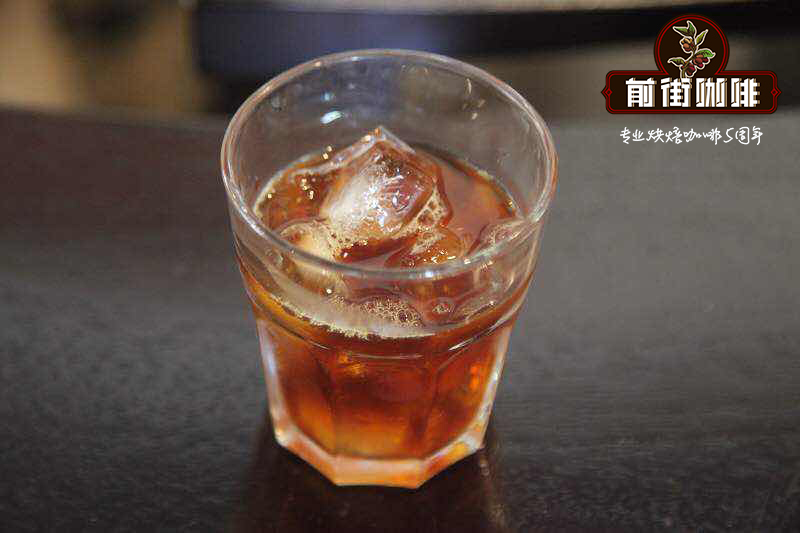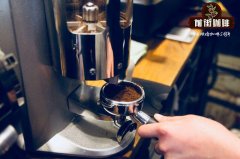Do you know what substances are in coffee? what's the effect of protein content in coffee?

Professional coffee knowledge exchange More coffee bean information Please pay attention to coffee workshop (Weixin Official Accounts cafe_style)
The chemical composition of coffee beans is quite complex, among which carbohydrates account for the most components. Coffee beans contain a variety of carbohydrates, a total of 60% of the total weight of green coffee beans, in addition to some protein, fat, tannin, caffeine, minerals and other trace components; and variety, origin and harvest season, will affect the composition of these components. The various ingredients of green coffee beans will react chemically during the roasting process and form a variety of coffee beans unique flavor and color.
1. caffeine
Caffeine is the most noticeable of all coffee ingredients. It belongs to a kind of plant xanthine (animal muscle component). Its nature is the same as theobromine contained in cocoa. The theophylline contained in green tea is the same. After baking, the percentage of reduction is extremely small. The effect of caffeine is extremely extensive, which will affect various parts of the human brain, heart, blood vessels, gastrointestinal tract, muscles and kidneys. An appropriate amount of caffeine will stimulate the cerebral cortex, promote sensory judgment, memory and emotional activities, make the myocardial function more active, expand blood vessels and enhance blood circulation. And improve metabolic function, caffeine can also reduce muscle fatigue, promote digestive juice secretion. In addition to this, because it also promotes kidney function to help the body expel excess sodium ions (chemical components that hinder the metabolism of water molecules) from the body, caffeine will not accumulate in the body like other narcotic and excitatory substances (narcotic drugs, paint solvents, stimulants, etc.), and will be excreted in about two hours. Coffee flavor in the biggest feature-bitter, is caused by caffeine.
2. Tannin
After extraction, tannins turn into a pale yellow powder that easily dissolves into water. Tannin acid will decompose after boiling to produce coke Wu acid, so that coffee taste worse, if brewing good and put on a few hours coffee color will become stronger than just brewing good, but also less flavor, so there will be "brewing good best drink as soon as possible" saying. A cup of coffee usually lasts 10 minutes at its best. If you have the heart, you can try to see if every minute, the same cup of coffee tastes the same, and 10 minutes later, the coffee will taste different from when it was brewed.
3. Protein
The protein content of raw beans is about 13%, and the amino acids in them vary during baking. Some of them react with sugars to form the color and smell characteristic of baked products. Although coffee beans are rich in protein, but in the brewing process, protein basically does not dissolve out, so coffee drink more, intake of ingredients is still limited, but the protein content of coffee grounds is very high, it is worth reusing.
4. Minerals
Mainly lime, iron, sulfur, sodium carbonate, phosphorus, chlorine, silicon and so on, because the proportion of very little impact on the flavor of coffee is not large, combined with only a little astringent taste.
5 and sugar.
In the absence of sugar, in addition to the bitter taste of caffeine and the sour taste of tannin, you will also feel the sweetness, which is caused by the sugar contained in the coffee itself. After roasting, most of the sugar turns to caramel, giving the coffee its distinctive brown color.
6. Volatile components
The aroma of coffee is mainly produced in roasting, coffee beans are not smelling what taste. Coffee brewed for a while, full of aroma floating, equal to half of the coffee has been drunk. Coffee aroma is an important feature of its appeal, you can not drink coffee, but can not resist its aroma temptation. Volatile components are the basic elements that bring aroma to coffee. There are currently more than 300 compounds in known coffee aroma mixtures, but most of them are low in content. The aroma of coffee was proved to be composed of acid, alcohol, acetaldehyde, ketone, ester, sulfur compound, phenol and nitrogen compound by gas chromatography analysis. Generally speaking, fat, protein and sugar are important sources of aroma, while lipid components will blend with the bitterness and sourness of coffee to form a smooth taste. Therefore, the disappearance of aroma means that the quality is poor, and the relationship between aroma and quality is extremely close.
7, fat
Green coffee beans contain about 13% fat, in the roasting of coffee beans, the fat content will be reduced accordingly, forming a part of the volatile components of coffee, and coffee aroma is closely related. During the storage process of cooked beans, chemical reactions such as oxidation and decomposition will occur due to the contact between fat in beans and air, resulting in some compounds with bad smell, which will affect the flavor of coffee beans. Therefore, coffee beans in storage, to avoid contact with the air, in order to maintain quality. But it is not good to vacuum, coffee beans themselves will also spit out some gas, so a better way to preserve is to put it into a special coffee bag with a one-way exhaust valve.
8. Crude fiber
The fiber of the raw beans will be carbonized after roasting. This caramelization of carbon and sugar combines with each other to form the color of coffee, but the powdered fiber will bring a considerable impact on the flavor of coffee.
END
Important Notice :
前街咖啡 FrontStreet Coffee has moved to new addredd:
FrontStreet Coffee Address: 315,Donghua East Road,GuangZhou
Tel:020 38364473
- Prev

Do you know how to produce more oil in espresso? will the flavor of coffee without oil be weak?
Professional coffee knowledge exchange more coffee bean information Please pay attention to the coffee workshop (Wechat official account cafe_style) Coffee extraction in the real sense, is a necessary factor that determines the flavor and taste of a cup of coffee. The quality of extraction is also a direct standard that directly defines the quality of a coffee. At present, there are two kinds of coffee in the world that need to be extracted. One is espresso, that is, us.
- Next

What is the reason why espresso flows too fast? what is the reason for slow coffee flow and less fat?
Professional coffee knowledge exchange more coffee bean information please follow the coffee workshop (Wechat official account cafe_style) 1 | Italian extraction espresso as a commercial product occupies the vast majority of the market share, it is fast, fragrant, can be paired with a variety of ingredients. But all espresso requires a base espresso. Among several elements of Italian concentrated extraction, coffee
Related
- Beginners will see the "Coffee pull flower" guide!
- What is the difference between ice blog purified milk and ordinary milk coffee?
- Why is the Philippines the largest producer of crops in Liberia?
- For coffee extraction, should the fine powder be retained?
- How does extracted espresso fill pressed powder? How much strength does it take to press the powder?
- How to make jasmine cold extract coffee? Is the jasmine + latte good?
- Will this little toy really make the coffee taste better? How does Lily Drip affect coffee extraction?
- Will the action of slapping the filter cup also affect coffee extraction?
- What's the difference between powder-to-water ratio and powder-to-liquid ratio?
- What is the Ethiopian local species? What does it have to do with Heirloom native species?

